Navigating the world of sexual orientations can be like exploring a vast, colourful spectrum. Among these, polysexuality shines with its unique hues. If you’re curious or want to understand better, here’s your guide to polysexuality, broken down into bite-sized, exciting pieces.
1. Definition of Polysexuality
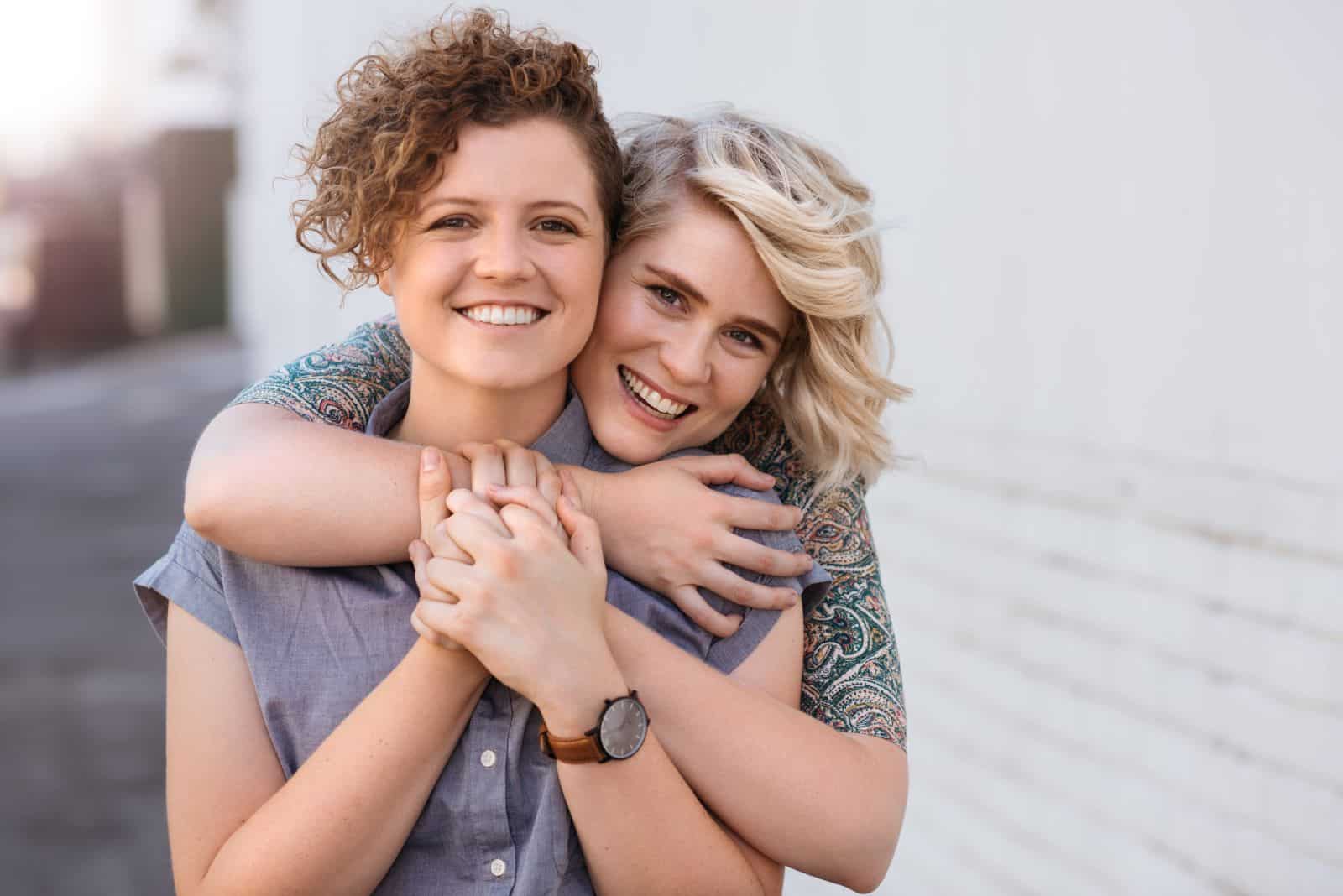
Polysexuality refers to being attracted to multiple genders, but not necessarily all. It’s about having preferences that span more than one gender identity.
2. Not the Same as Bisexuality
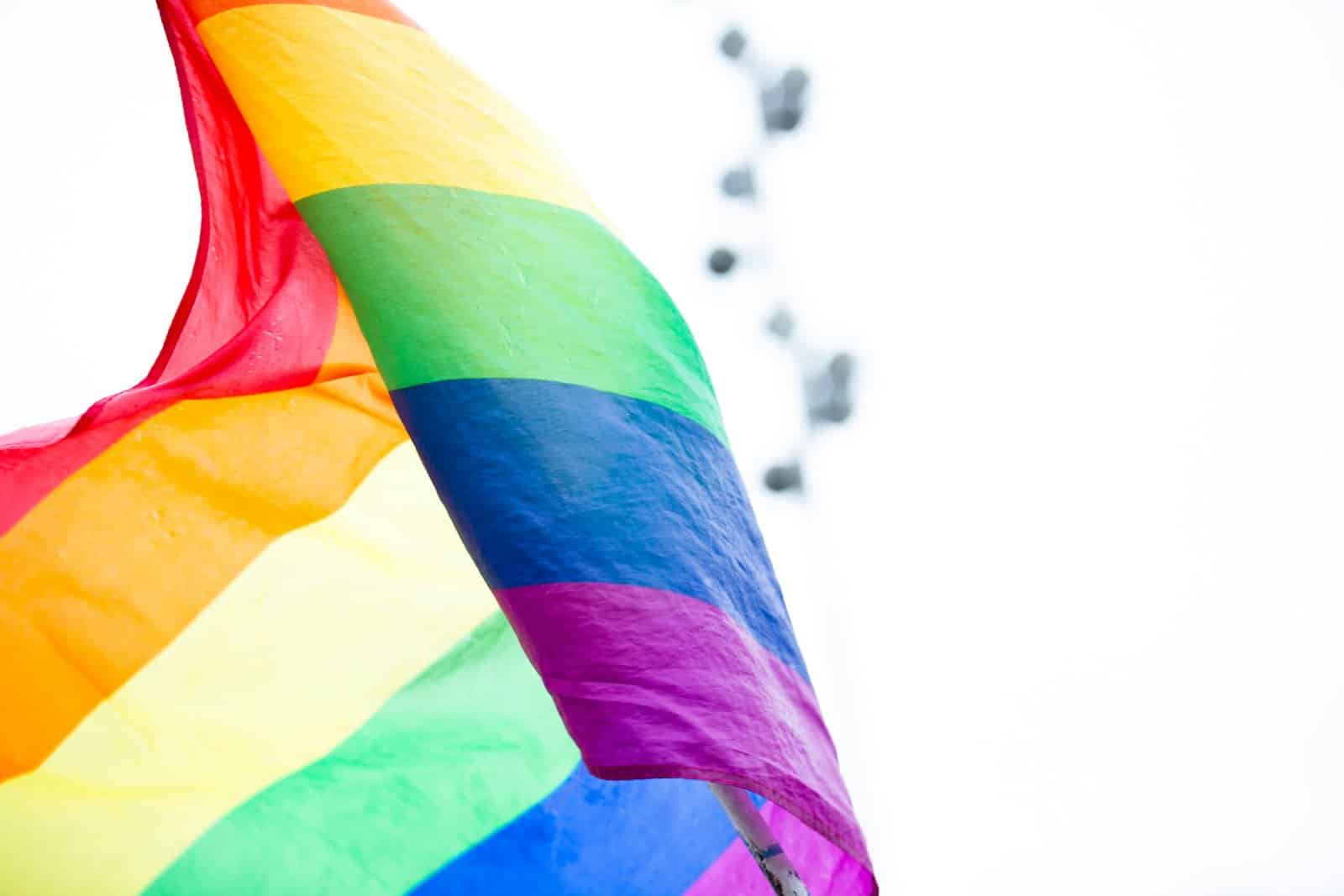
Though both polysexual and bisexual individuals are attracted to more than one gender, polysexuality is distinct in its inclusivity of various gender identities beyond just male and female.
3. Different From Pansexuality
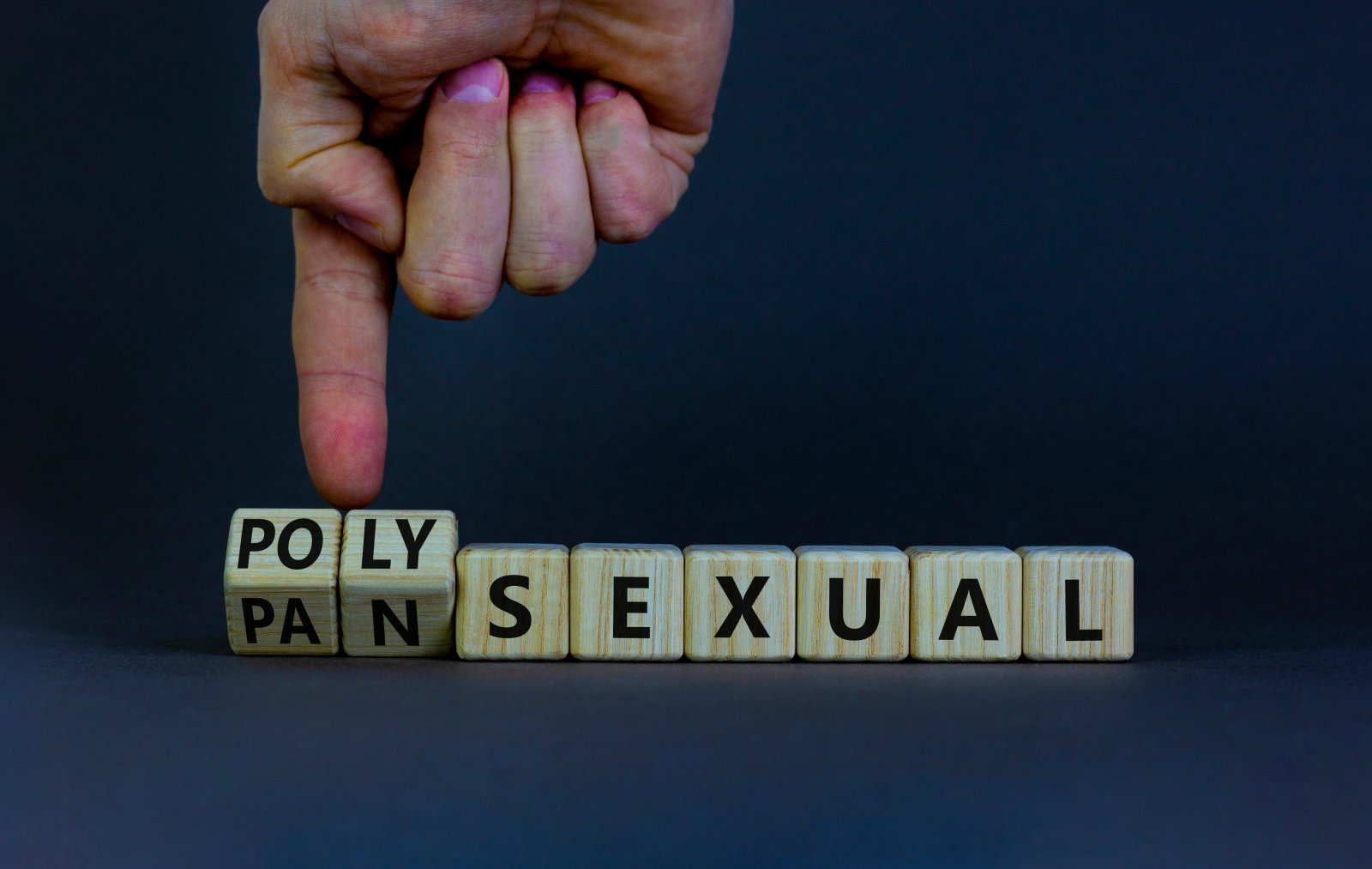
While pansexual people experience attraction regardless of gender, polysexual individuals may have specific gender preferences.
4. A Spectrum of Attraction

Polysexuality recognizes the fluidity of attraction, acknowledging that one’s preferences can vary widely and don’t fit neatly into traditional categories.
5. Identity and Self-Expression
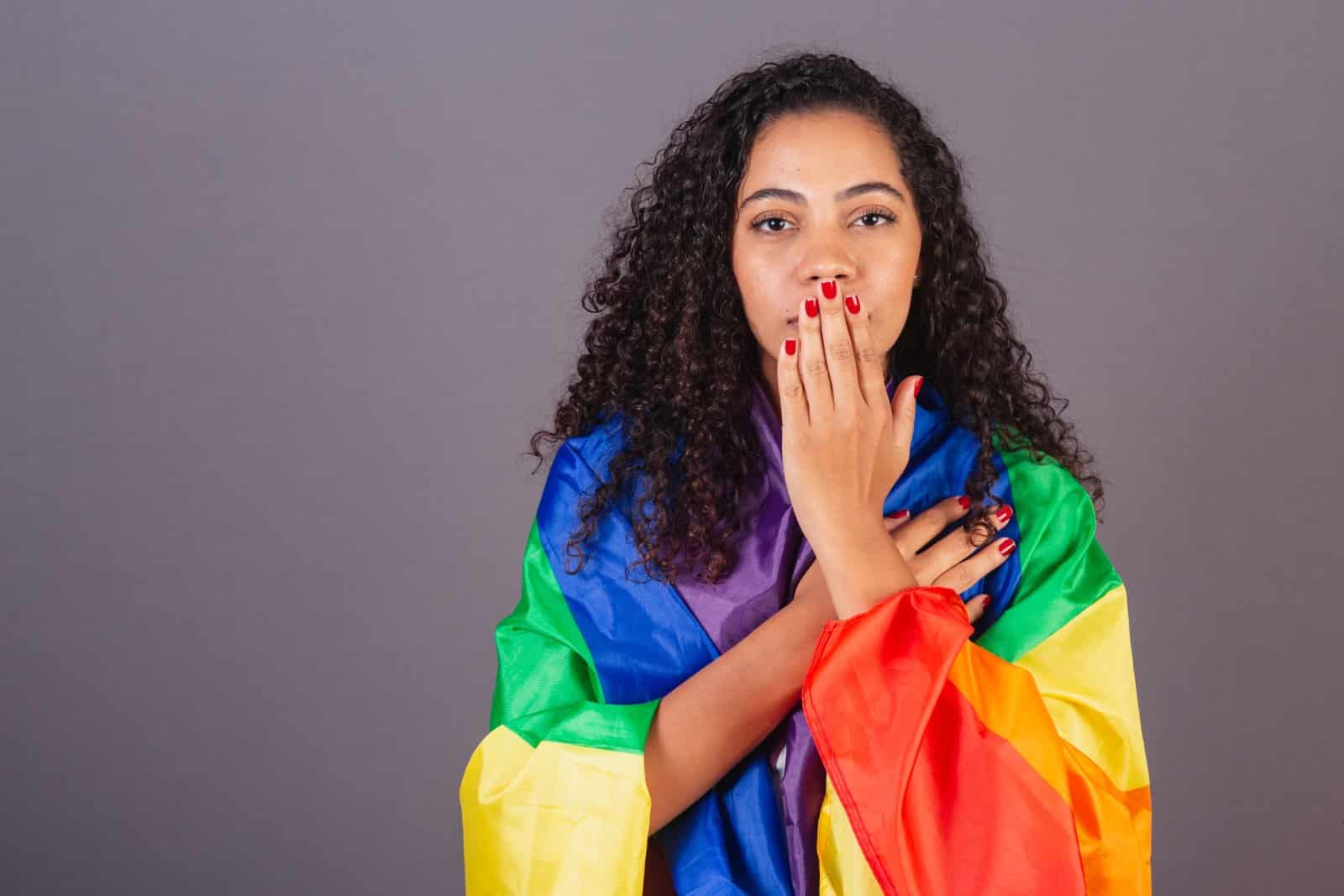
Identifying as polysexual is a deeply personal choice and a form of self-expression. It’s about how individuals understand and describe their own experiences of attraction.
6. Not About Polyamory

Polysexuality is about sexual and romantic attraction to multiple genders, not to be confused with polyamory, which involves engaging in relationships with multiple people.
7. Inclusive of Transgender and Non-Binary People
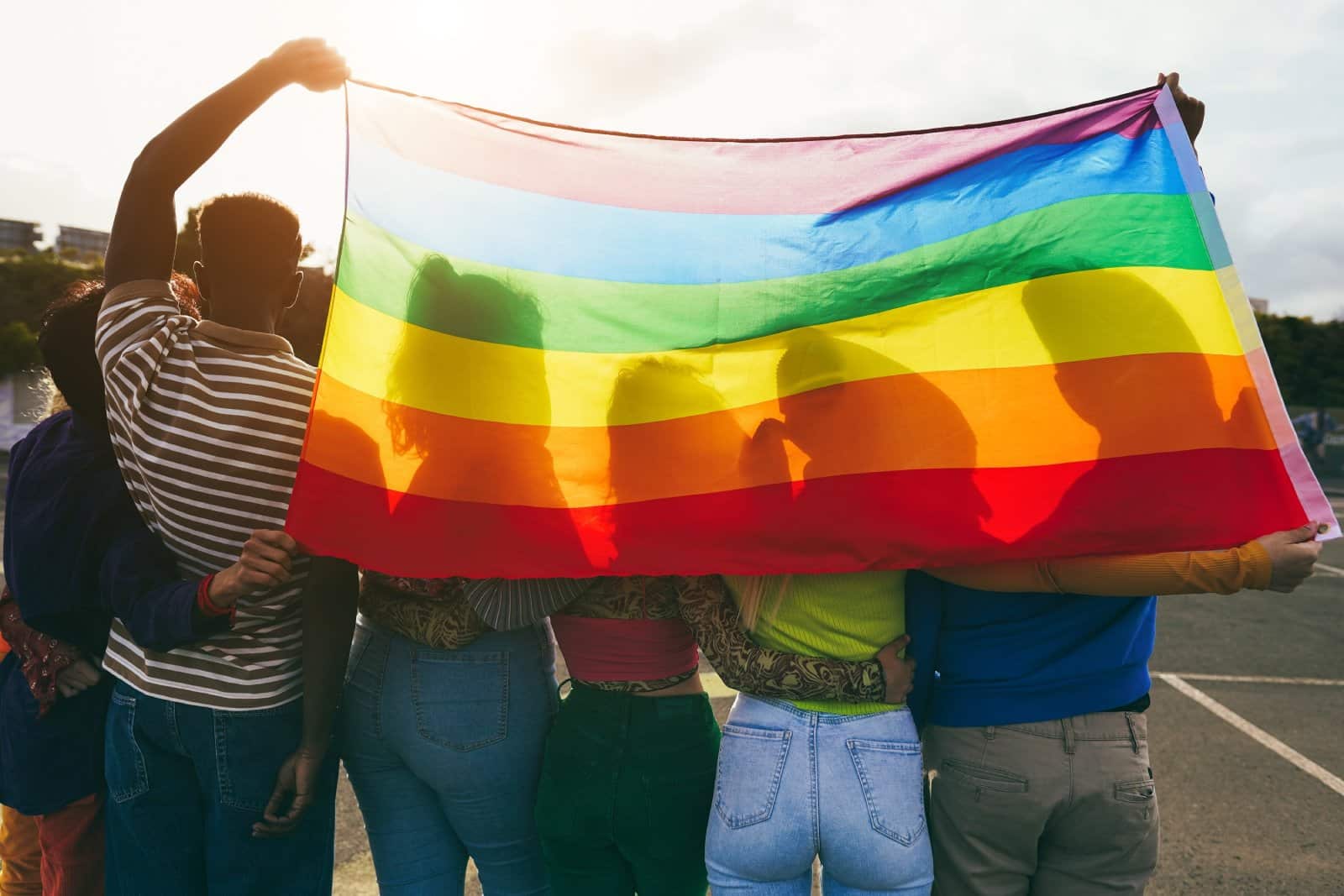
Polysexuality explicitly includes attraction to transgender and non-binary individuals, emphasizing the importance of recognizing all gender identities.
8. Visibility Matters
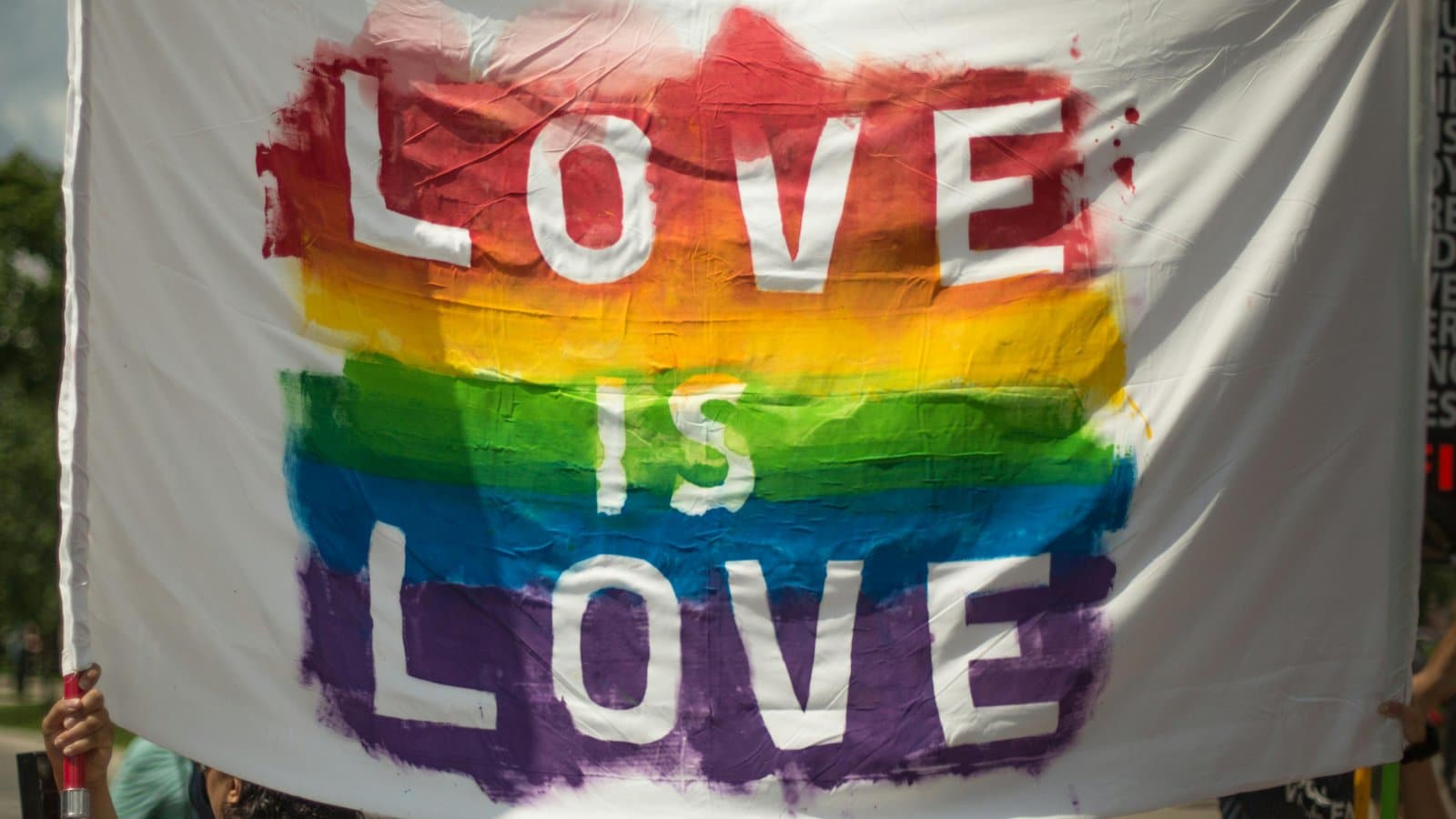
Polysexual visibility is crucial for understanding and acceptance, helping to break down stereotypes and misconceptions about sexual orientation.
9. Representation in Media

Representation of polysexual individuals in media is growing, but there’s still a long way to go in portraying the diversity of their experiences.
10. Community Support
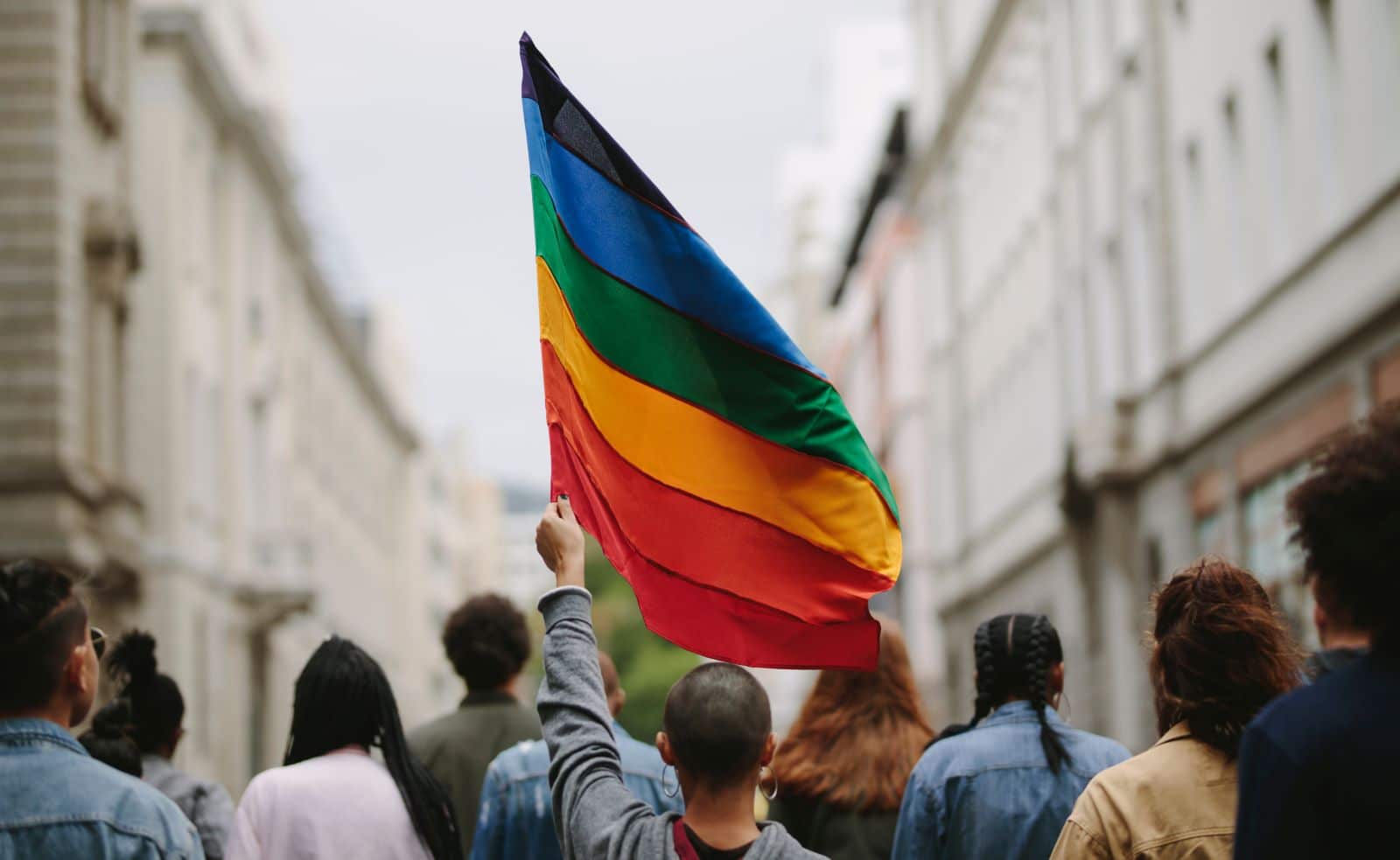
Finding community support, whether online or in person, can be incredibly affirming for polysexual individuals, providing a sense of belonging and understanding.
11. Challenges and Misconceptions
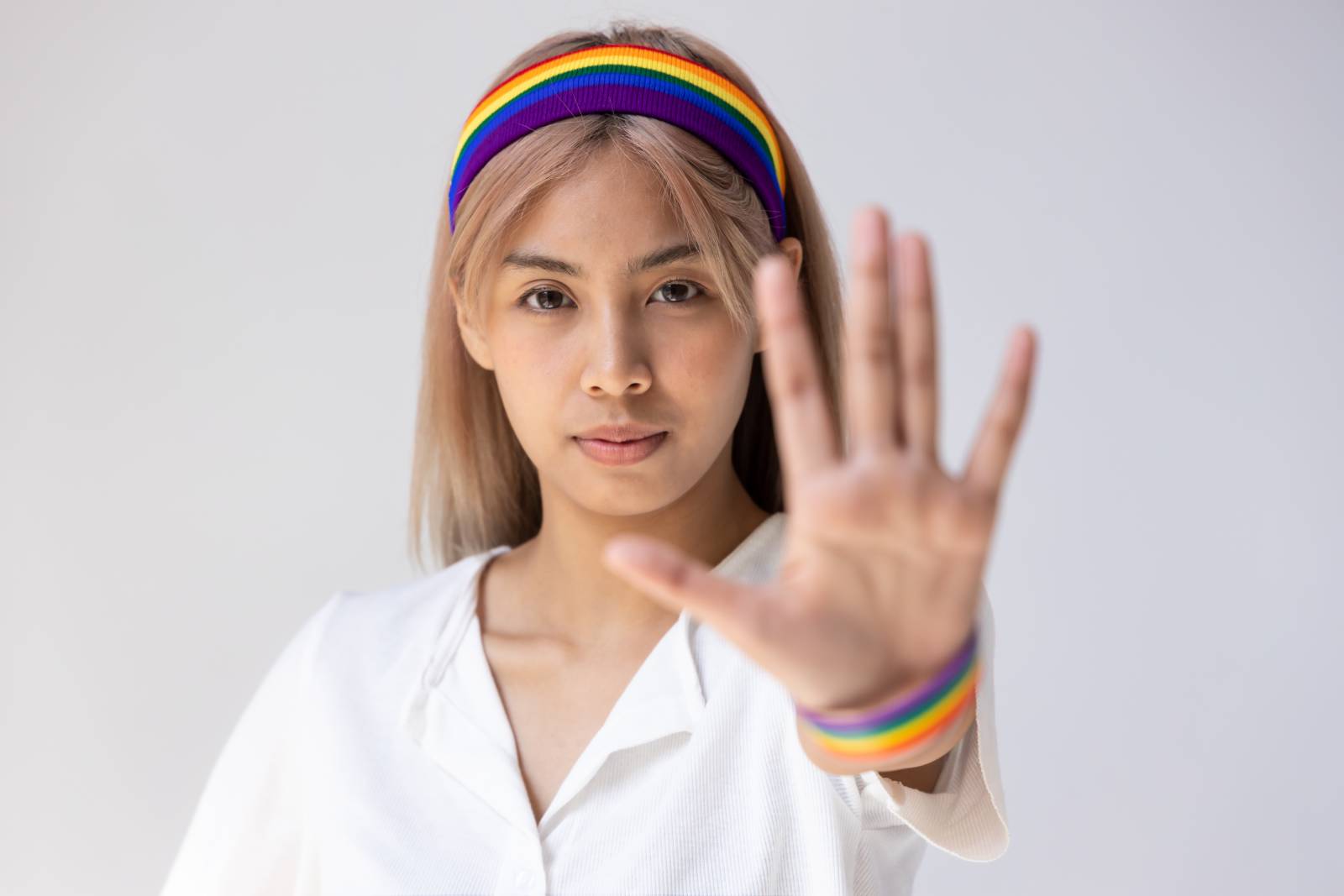
Like many non-mainstream sexual orientations, polysexuality is often misunderstood, leading to challenges in acceptance and validation.
12. Education and Awareness

Educating oneself and others about polysexuality can foster more inclusive environments and help dispel myths and misconceptions.
13. Respecting Identities

It’s important to respect everyone’s chosen identity, including those who identify as polysexual, by using correct terms and pronouns.
14. Intersectionality

Polysexuality intersects with various other aspects of identity, including race, ethnicity, and social background, influencing each individual’s experience.
15. Celebrating Diversity

Recognizing and celebrating the diversity within polysexuality contributes to a broader understanding of human sexuality as a whole.
16. It’s About Love and Attraction
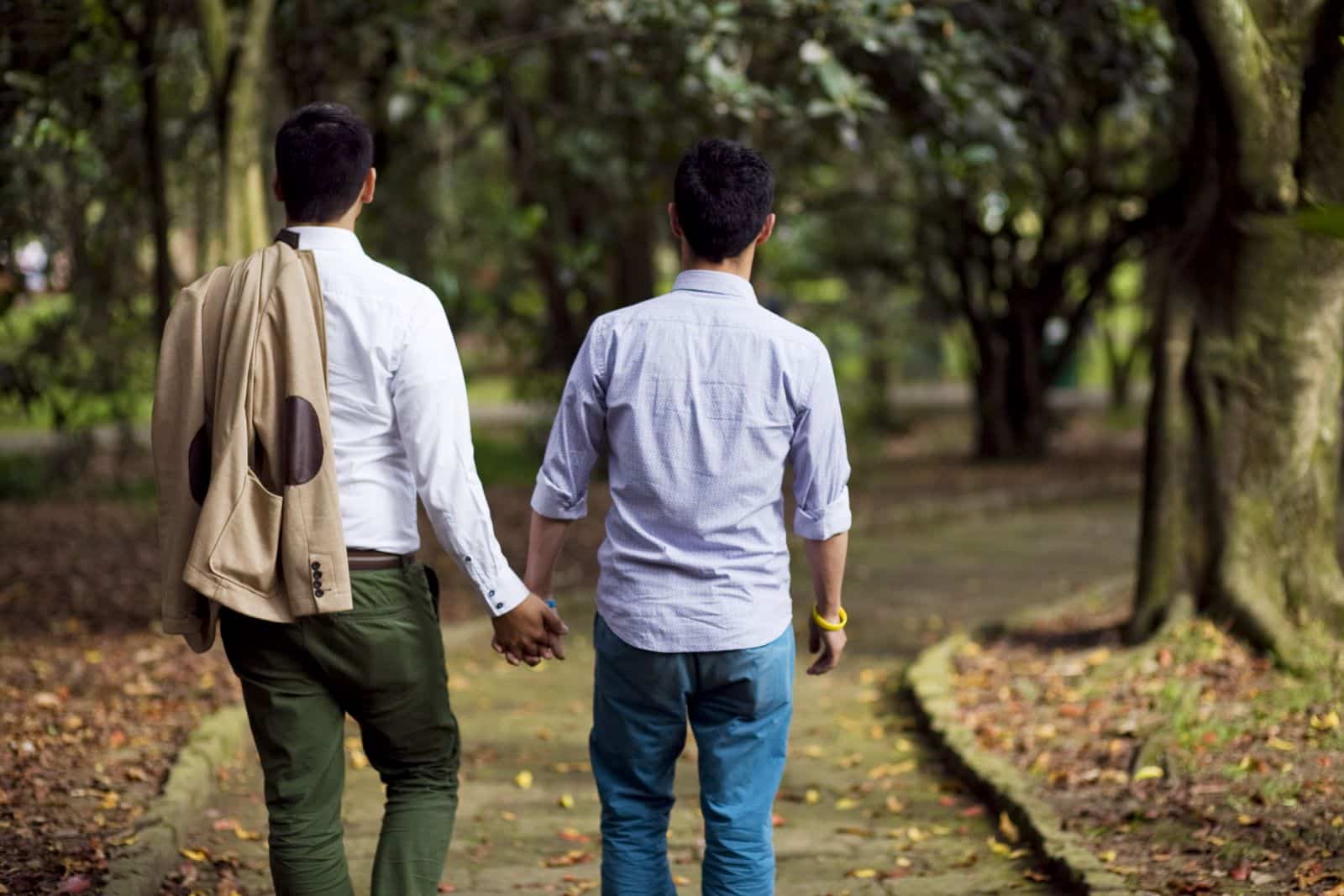
At its core, polysexuality, like any sexual orientation, is about whom individuals love and are attracted to, emphasizing the variety of human attraction.
Embracing the Spectrum

Polysexuality is a vibrant thread in the tapestry of human sexuality, highlighting the rich diversity of who we love and find attractive. Understanding and respecting this orientation paves the way for a more inclusive world, where everyone is free to be themselves. Let’s embrace this spectrum together, celebrating the myriad ways love manifests.
The post Polysexuality: 16 Key Insights for Awareness first appeared on Lists Lovers.
Featured Image Credit: Pexels / Anna Shvets.
For transparency, this content was partly developed with AI assistance and carefully curated by an experienced editor to be informative and ensure accuracy.

